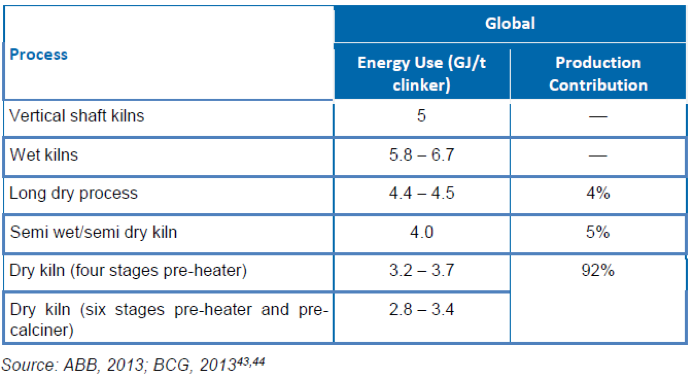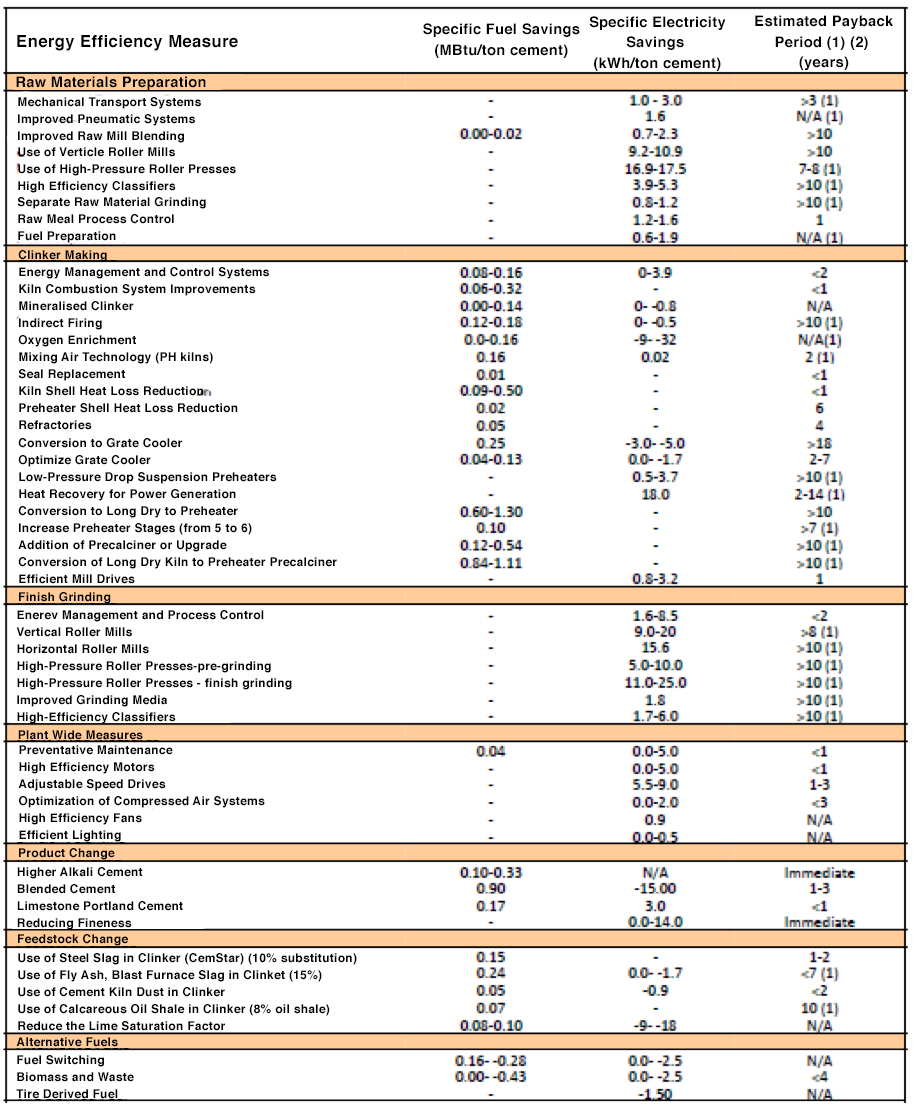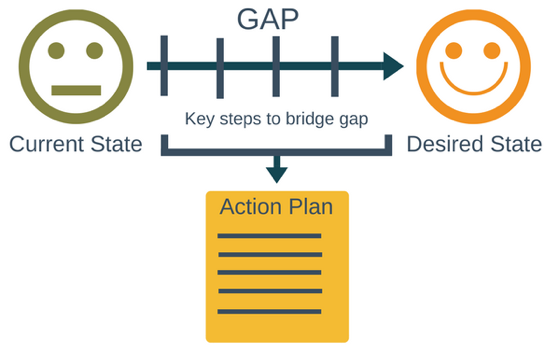Energy Efficiency and Consumption in the Cement Industry
The cement industry is one of the most energy intensive industries in the world today. It is also a leading greenhouse gas emitter. The cost of energy as part of the total production cost is very significant, typically at 20 to 40% of the total operational cost. Historically, energy intensity in the cement industry has declined, but a substantial potential still exists for energy efficiency improvement. The table below shows the typical specific energy usage in GJ/Tonne of cement produced.

Energy-efficient potential and savings in cement production

Our Services in the Cement Sector
By studying various processes involved in the manufacturing of your cement, and also the utility systems involved, such as compressed air, process heating systems, and water pumping, the Maximpact team can help you save between 10% to 40% of your energy usage and cost. In our experience, 10% of the energy savings can be achieved with small investments that will pay back within 1 year. Another 10% savings can be achieved with medium levels of investments and with payback periods of less than 2 years. Higher cost investments can achieve a further 10%-20% energy savings with typical paybacks of less than 4 years.
Below are the energy efficiency services we provide. Contact us for more information on the services.
Comprehensive energy audits
This energy audit will cover all thermal and electrical process plant and utility systems. Our comprehensive energy audit will provide you with a detailed specification of our services and energy-saving potential, which is typically between 20% and 40% of your existing energy bills.
Data mining and process optimisation opportunities audit
Data mining can uncover a wealth of energy and process saving opportunities in your industry. Our ability to uncover patterns of inefficient use of energy or poor process performance and even predict the energy saving potential of utility and process improvements will provide you with a competitive edge that you will want to keep secret from your competitors.
We can provide a first step study that offers a gap analysis and recommendations as to the measures you need to take now to avail yourself of this new technology. Together we will explore the type of artificial intelligence systems and approach that would be best applied to your process and utility system.
New equipment energy efficiency specification
Are you considering purchasing a new process plant or a new utility plant such as a new steam boiler, a new low-temperature cooling system, a new pumping system or a new cooling tower or air compressor?
If so, we can help you ensure that your vendors provide you with efficient equipment that will help you save on its running cost over its entire lifetime. We can help you include energy efficiency specifications in your tender documents, ensuring that all bidders bid on a level playing field.
Perform an energy management system gap analysis
We will study your existing energy management practices and determine what steps are required in order for you to implement an energy management system such as that provided by the international energy standard ISO 50001. This gap analysis study allows your organization to determine how best to achieve your business goals.

Training in Energy AwarenessÂ
Maximpact can provide employee training in energy awareness associated with good plant operational practices.
ISO 50001 Full Implementation Support
We provide support for full implementation of the energy management systems ISO 50001 in your factory.
Plant resilience audit and recommendations action plan
How prepared are your manufacturing processes and utility systems to cope with weather extremes caused by global warming?
Are your manufacturing and utility systems capable of coping with climate extremes such as that seen recently in the United States where a phenomenon called a polar vortex extending over northern parts of the country came with temperatures as low as -50â°C?
The purpose of our resilience study is to determine how exposed your manufacturing and utility systems are to the extremes of weather variations that will in the future be more common due to climate change.
These extremes are occurring right now throughout the world. It was standard practice in the past to design processes for specific minimum low and high ambient temperatures based on weather statistics averaged over 50 to 100 years. Global warming has changed these statistics, but many design engineers have not taken these changes into account.
We at Maximpact have formulated an approach to assess your process and utility systems and their resilience to climate change. Donât wait until your process vulnerabilities are exposed by weather extremes that can result in enormous costs in lost production and product output. Act now and be prepared.
Renewable Energy for Cement Sector
- The potential for high-temperature heat recovery from rotary mills to preheat incoming cold streams or to produce electricity
- The use of waste heat and adsorption chillers to make cold water at 3.4â°C to displace electric chillers used for process or environmental cooling
- On-site wind power generation to displace grid power
- The installation of a gas turbine to produce electricity and waste heat for process use. Such systems can reduce the bills for electricity and gas or oil by as much as 45%.


